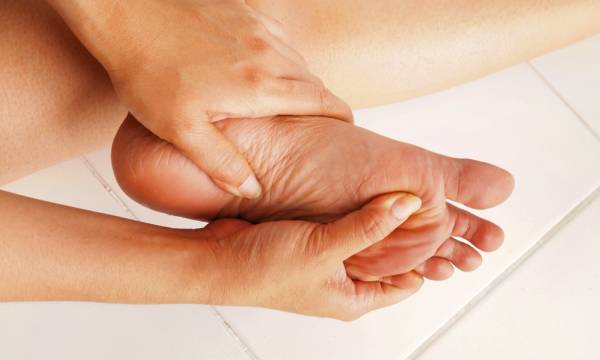This meditation is best done at bedtime for obvious reasons. It is a tool for those who feel their energy is too high at night or their thoughts are too scattered. The insomnia meditation combines with a simple qi gong energy exercise to draw your body and mind into a deeper state of relaxation.
What is Qigong?
Qi gong, like tai chi, is an ancient practice of moving energy, known as qi, through the body. It typically combines simple, gentle movements of the body done in rhythm with the breath along with mental visualizations.
While Western medicine has yet to concretely “prove” the existence of energy channels in the body, scientists have repeatedly confirmed the body emits energy along certain points and pathways at a greater frequency than others. Further, studies continue to reveal the power of the mind over the body and the effectiveness of visualization.1
Qi gong capitalizes on both the body’s energy and the power of the mind to balance the body, either increasing energy when it is low or decreasing energy when it is high. This exercise and meditation is to decrease energy at bedtime.
Qi Gong Exercise Instructions
The intention of this exercise and visualization is to bring energy and awareness out of the mind. This exercise in particular grounds energy in the feet, creating a feeling of heaviness and fatigue in the body.
- Sit on the edge of your bed, crossing the left ankle onto the right leg.
- Rapidly rub your hand from the heel of your left foot to the toes of the foot. Do this 100 times.
- While you rub the bottom of your foot, imagine your hand is a magnet drawing electrical force down your body.
- After you are finished, shake your hand to release the energy away.
- Repeat with your right foot.
- Climb into bed.

Insomnia Meditation Instructions
- Lay comfortably on your back, prepared to fall asleep. Start to tune in to the rhythm of your breath.
- For a few moments, allow your mind to run freely as it chooses. Simply allow the thoughts to come up without focusing on any one in particular. If something arises you need to remember (“I have to pay that bill!”), take a moment to write it down on a scratch pad beside the bed. This allows you to take it off your mind.
- After a few moments, abruptly tell your mind it is time to stop thinking.
- Focus on the breath once more. As you inhale, imagine pulling cooling energy through your nose and into the body.
- As you exhale, watch the energy sink down the body to the feet and out the feet into the earth. Of course, your feet will not be connected with the earth, so watch the energy move through the bed, through the floor, and into the earth below.
- Continue like this for 36 breaths, if you can make it that long prior to falling asleep.
- Do the exercise only once, even if you do not immediately fall asleep. It may take practice for this exercise to put you to sleep. Simply try again tomorrow night if it did not work the first time.
I have been using this nighttime meditation and exercise for a few weeks, and I have yet to make it through all 36 breaths. That is saying something, because I chose to start this meditation due to a bout of insomnia. I’m grateful for finding a version of this exercise and meditation in the book Heal Yourself with Qigong, which I fully recommend to anyone interested in using energy work to help balance the body.
In case you missed it:
Just Sit: 8-Week Meditation Challenge #1
Loving Kindness: 8-Week Meditation Challenge #2
Inner Silence: 8-Week Meditation Challenge #4
Vipassana: 8-Week Meditation Challenge #5
References:
1. Suzanne Friedman, Heal Yourself with Qigong: Gentle Practices to Increase Energy, Restore Health, and Relax the Mind, (New Harbinger Publications, 2009).
Photos courtesy of Shutterstock.






